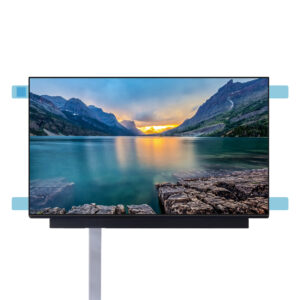
Великие дела в бизнесе никогда не делаются одним человеком. Они делаются командой людей. У нас есть эта динамичная группа людей
This article dives deep into the world of 0.96 inch OLED-дисплей modules, specifically focusing on the 128×64 resolution variant that communicates via the I2C interface. We’ll explore its features, capabilities, and address the question that’s been circulating among enthusiasts and developers: what’s the actual частота обновления of these compact displays? This article is worth reading because it provides a comprehensive overview of a popular дисплейный модуль, shedding light on technical details that are often overlooked. Whether you’re a hobbyist working on a DIY project, a developer integrating displays into a product, or simply an OLED technology enthusiast, this article will equip you with a thorough understanding of the 0.96 inch 128×64 I2C OLED display module.
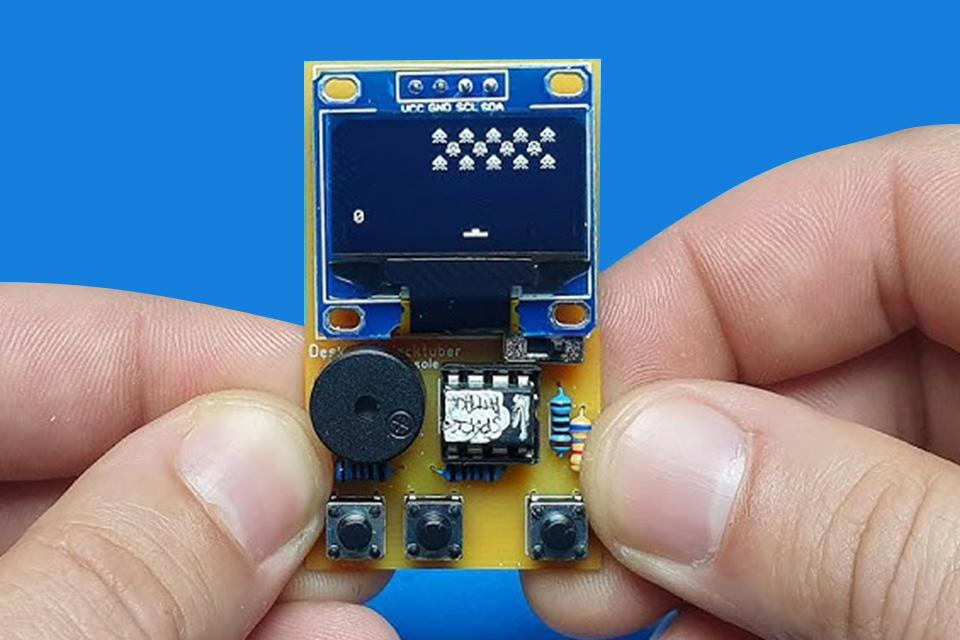
OLED stands for Organic Light-Emitting Diode. Unlike traditional ЖК-дисплей displays that rely on a подсветка чтобы осветить пиксели, OLED displays are self-luminous. This means each пиксель в OLED экран generates its own light. This fundamental difference leads to several advantages of OLED over ЖК-дисплей. One of the most significant is the ability to achieve true blacks. When an OLED pixel is turned off, it emits no light, resulting in perfect black levels. This leads to an infinite contrast ratio, providing stunning visuals with vibrant colors and exceptional image depth.
ЖК-дисплей technology, on the other hand, relies on a backlight that shines through a layer of liquid crystals. These crystals modulate the light to create the image. However, even when displaying black, some light from the backlight still leaks through, resulting in a grayish appearance rather than true black. Compared to LCD, OLED technology offers a wider viewing angle range, thinner панель construction, and faster response speed. For instance, ASUS has introduced 27-inch OLED gaming displays that offer a superior visual experience thanks to these inherent advantages of the technology, demonstrating that OLED display makes a significant difference in high-performance applications.
The 0.96 inch OLED display offers a compact yet effective solution for various applications. Its small size makes it ideal for wearable devices, small gadgets, and projects where space is a premium. Despite its small size, this inch display provides a clear and sharp visual output, making it suitable for displaying essential information or graphics. It’s широко используемый in development boards like Ардуино и ESP32, allowing hobbyists, students, and engineers to create a wide range of innovative projects.
The 0.96 inch size of the OLED дисплейный модуль finds a sweet spot between visibility and compactness. It is large enough to display a reasonable amount of information while remaining small enough to integrate seamlessly into various devices. Moreover, the OLED technology ensures excellent visibility even under bright lighting conditions, thanks to its high яркость and self-luminous nature. This makes the 0.96 inch OLED отображать a versatile choice for both indoor and outdoor applications. The OLED-дисплей‘s ability to испускать its own light also contributes to its низкое энергопотребление, making it an excellent choice for battery-powered devices.
The I2C (Inter-Integrated Circuit) интерфейс is a serial communication protocol widely used for connecting low-speed peripherals to microcontrollers. It uses only two wires: SDA (Serial Data) and SCL (Serial Clock). This simplicity makes it easy to implement and requires minimal аппаратное обеспечение resources. The I2C bus is compatible with a master/slave architecture. In the world of OLED displays, the I2C OLED displays typically act as slaves, receiving commands and data from a master device like an Ардуино или ESP32.
I2C communication allows for efficient control of the OLED отображать using a minimal number of pins. The master device sends commands to the отображать‘s контроллер chip, такие как SSD1306, to set the пиксели, control яркость, and manage other display parameters. The use of I2C simplifies the wiring and reduces the complexity of the интерфейс, making it a popular choice for OLED-дисплейные модули. For example, manufacturers and suppliers often provide libraries and code examples specifically designed for I2C pins, making it easier for developers to integrate these displays into their projects and also verify its function.
The 128×64 разрешение относится к числу пиксели на отображать. In this case, the OLED отображать имеет 128 пиксели по горизонтали и 64 пиксели vertically, totaling 8,192 пиксели. разрешение directly impacts the sharpness and detail of the displayed image or text. Higher разрешение значит больше пиксели packed into the same area, resulting in a sharper and more detailed image. The Дисплей 128×64 resolution is common in small OLED modules like the 0.96 inch variant.
Пока 128×64 might seem low compared to high-resolution smartphone displays, it’s perfectly adequate for displaying simple graphics, text, and icons on a small экран. разрешение принадлежащий OLED 128×64 module is sufficient for many applications, such as displaying sensor readings, status updates, or simple menus. The limited number of пиксели also means less data needs to be processed and transmitted, contributing to faster обновить rates and lower потребление энергии of these displays.
| Особенность | 0.96 Inch OLED Display Module |
|---|---|
| Разрешение | 128×64 |
| Интерфейс | I2C |
| Controller Chip | SSD1306 (commonly) |
| Цвет | Monochrome (typically blue or white) |
| Угол обзора | Широкий |
The частота обновления из отображать refers to the number of times the image on the экран is updated per second, measured in Hz. A higher частота обновления generally results in smoother motion and reduced motion blur. However, the частота обновления of small OLED modules like the 0.96 дюйм 128×64 I2C variant is often not explicitly stated in datasheets, leading to some confusion among users.
Unlike gaming monitors, where the частота обновления is a key selling point, the частота обновления of these small OLED modules is primarily determined by the speed of the I2C communication and the контроллер‘s ability to update the отображать‘s internal БАРАН. В то время как SSD1306 контроллер can theoretically support relatively high обновить rates, the actual achievable rate in a real-world application depends on factors such as the microcontroller’s speed, the I2C bus speed, and the complexity of the displayed content. While it’s difficult to pinpoint an exact number, the general consensus among the community is that these displays can achieve a частота обновления sufficient for displaying dynamic content without noticeable flicker or lag in most use cases, though dedicated tests might be needed to determine the precise value for a particular setup.
While the 0.96 inch OLED display might not be suitable for immersive, high-resolution игровой experiences like those provided by dedicated OLED игровой монитор, it can still be used for simple, retro-style games or to display game-related information. The fast response speed из OLED technology ensures minimal motion blur, providing a smooth visual experience for fast-paced action, even on this small экран.
The compact size and низкая мощность nature of the 0.96 дюйм OLED отображать makes it a good fit for handheld gaming devices or for displaying secondary game information, such as scores, health bars, or mini-maps. The 128×64 разрешение is well-suited for pixel art graphics commonly found in retro games, and gamers can leverage the OLED‘s vibrant colors to create visually appealing game interfaces. With some creativity, developers can design engaging games specifically tailored for this small OLED дисплейный модуль, taking advantage of its unique characteristics.

Connecting an OLED-дисплейный модуль to a microcontroller like an Ардуино or an ESP32 is relatively straightforward, thanks to the I2C интерфейс. Большинство 0.96 дюйм OLED modules come with four pins: VCC (power), GND (ground), SCL (Serial Clock), and SDA (Serial Data). To connect it to an Ардуино Uno, for instance, you would connect VCC to the Arduino’s 5V or 3.3V pin, GND to GND, SCL to the Arduino’s A5 pin (SCL), and SDA to the Arduino’s A4 pin (SDA).
Для ESP32, the process is similar. You would connect the OLED module’s VCC to the ESP32’s 3.3V pin, GND to GND, and then identify the ESP32‘s I2C pins. These pins can vary depending on the specific ESP32 development board you are using, so it’s essential to consult the board’s documentation. Once the аппаратное обеспечение connections are made, you can use libraries like Adafruit’s SSD1306 library or the U8g2 library to control the OLED-дисплей from your Ардуино или ESP32 code. These libraries provide functions for drawing пиксели, text, and shapes on the отображать, making it easy to create custom graphics and interfaces. Here you can also find some contact information, as well as their privacy policy.
| Microcontroller | OLED VCC | OLED GND | OLED SCL | OLED SDA |
|---|---|---|---|---|
| Ардуино Уно | 5V/3.3V | Земля | A5 | A4 |
| ESP32 | 3.3В | Земля | (Varies) | (Varies) |
Одно из главных преимуществ OLED technology is its relatively низкое энергопотребление по сравнению с ЖК-дисплей displays. This is because OLED pixels only consume power when they are emitting light. When displaying black, an OLED pixel is essentially turned off, consuming minimal power. The 0.96 inch OLED display modules are particularly power-efficient due to their small size and limited number of пиксели.
The actual потребление энергии of an OLED-дисплейный модуль зависит от многих факторов, в том числе яркость настройка, количество пиксели that are lit, and the color being displayed. White пиксели generally consume more power than other colors. For example, using OLED’s black background with white text can significantly reduce потребление энергии. It’s essential to consider these factors when designing battery-powered devices that use OLED displays to optimize battery life. In many cases, you can further reduce потребление энергии by dimming the отображать or turning it off completely when not in use. The SSD1306 контроллер also provides commands for controlling the отображать‘s power-saving modes.
Pricing для 0.96 inch OLED отображать modules can vary depending on the производитель, the specific features, and the quantity ordered. You can find these modules on various online electronics retailers, including specialized suppliers of display modules, electronic components distributors, and general online marketplaces. When searching for pricing, it’s helpful to use specific keywords like “0.96 inch OLED display,” “128×64 OLED,” “I2C OLED,” and “SSD1306” to narrow down the results.
Выбор правильного OLED отображать модуль involves considering factors beyond just pricing. You should also consider the color options (monochrome displays are typically blue or white), the operating voltage (some modules are designed for 3.3V while others can handle 5V), and the operating temperature range. Additionally, check for the availability of technical documentation, sample code, and community support. Reading reviews from other users can also provide valuable insights into the quality and reliability of a particular OLED module. And don’t forget to связаться с нами if you have any questions.
The OLED отображать market is constantly evolving, with ongoing research and development pushing the boundaries of the technology. We can expect to see improvements in OLED manufacturing processes, leading to lower production costs and potentially lower prices for consumers. There’s also a trend towards larger, higher-разрешение OLED panels, as evidenced by the increasing popularity of OLED TVs and the emergence of OLED игровой monitors.
In the realm of OLED gaming monitor, we can anticipate further advancements in обновить rates, response times, and color gamut. The inherent advantages of OLED, such as infinite contrast and near-instantaneous pixel response, make it an ideal technology for игровой. As the technology matures and becomes more affordable, we’re likely to see a wider adoption of OLED displays in the gaming market, potentially even surpassing ЖК-дисплей as the preferred choice for enthusiast gamers. The development of flexible and foldable OLED displays opens up exciting possibilities for new form factors and innovative gaming device designs. We may see тоньше, lighter, and more portable gaming devices, thanks to the flexibility of OLED technology. Some expert claims that this may happen in 2024.

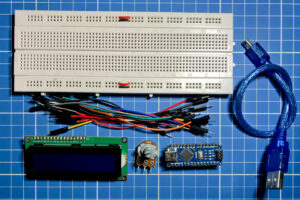
Жидкокристаллические дисплеи (ЖК-дисплеи) широко распространены в современных технологиях: от смартфонов до телевизоров.

Вы запутались во всем многообразии технологий отображения? От LCD до OLED и даже дальше, до AMOLED и Super AMOLED, выбор может быть ошеломляющим.
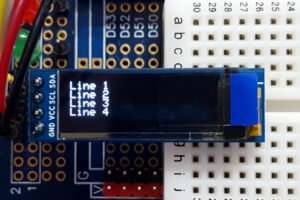
В этой статье мы рассмотрим мир компактных OLED-дисплеев, уделив особое внимание 0,91-дюймовому OLED-дисплею с разрешением 128×32, использующему интерфейс I2C.

В этой статье мы подробно окунемся в увлекательный мир микродисплеев, уделив особое внимание революционной технологии 4K OLED, разработанной Sony Semiconductor Solutions.

This article explores how to connect an LCD screen to a Raspberry Pi using an HDMI driver board, essentially turning your single-board computer into a miniature HDMI monitor.
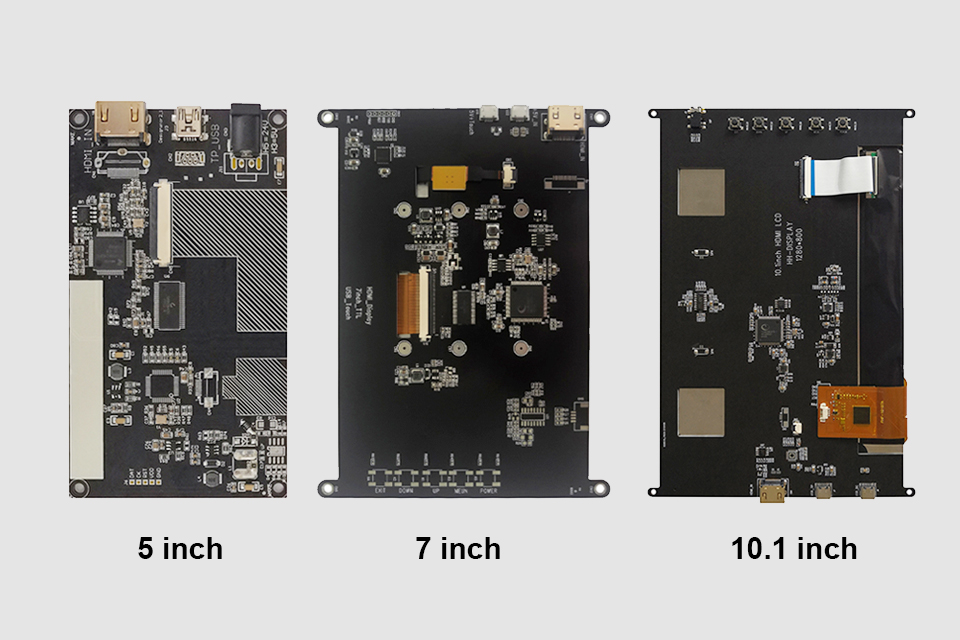
This article explores how to connect an LCD screen to a Raspberry Pi using an HDMI driver board, essentially turning your single-board computer into a miniature HDMI monitor.
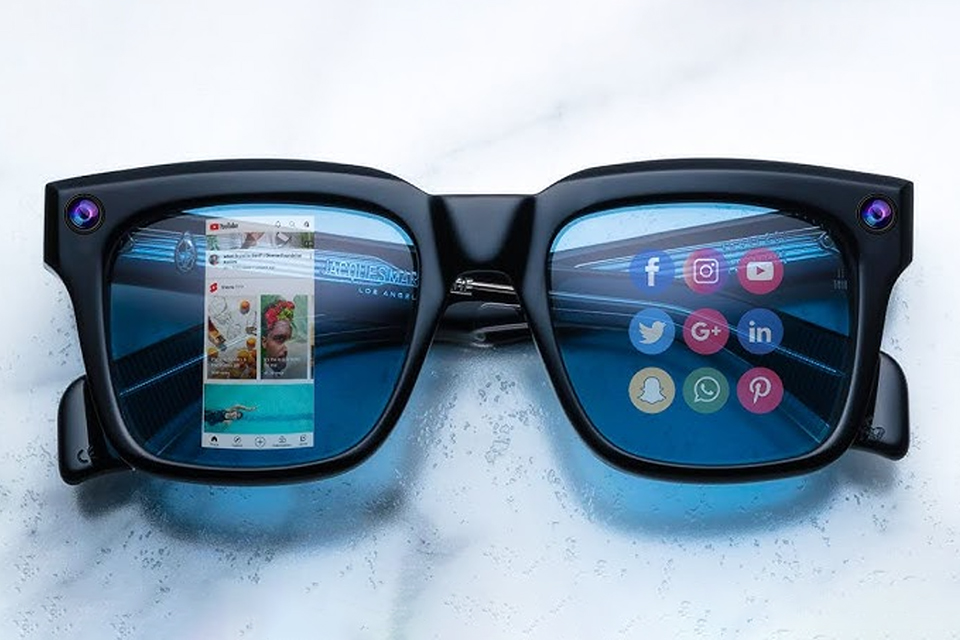
This article dives into the exciting world of augmented reality (ar) lenses, specifically focusing on the development and potential of an interchangeable lens system for ar glasses.

This article dives deep into the lifespan and durability of OLED (Organic Light Emitting Diode) displays compared to LCD (Liquid Crystal Display) screens.

@ 2025 display-module. Все права защищены.
Заполните форму ниже, и мы свяжемся с вами в ближайшее время.